Treatment face
Ear Reshaping (Otoplasty)
Otoplasty, also known as ear correction surgery pinnaplasty, is an aesthetic procedure designed to alter the size, shape, or position of the ears.
Search
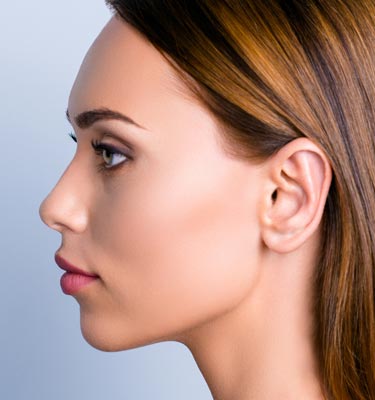
Treatment face
Otoplasty, also known as ear correction surgery pinnaplasty, is an aesthetic procedure designed to alter the size, shape, or position of the ears.
At a glance
Expected Results
Improved ear shape, size, and position
Treatment Time
1.5 - 2.5 hours
Anaesthesia
Local or general anaesthetic
Recovery Time
1 week
Return to Work
5-7 days
Frequency
Single procedure, long-term results
Treatment Overview
Otoplasty, also known as ear correction surgery pinnaplasty, is an aesthetic procedure designed to alter the size, shape, or position of the ears.
This treatment is ideal for individuals with prominent ears, asymmetry, or irregularities caused by injury or congenital conditions. Otoplasty can enhance facial harmony and boost confidence by creating a more proportionate and aesthetically pleasing appearance.
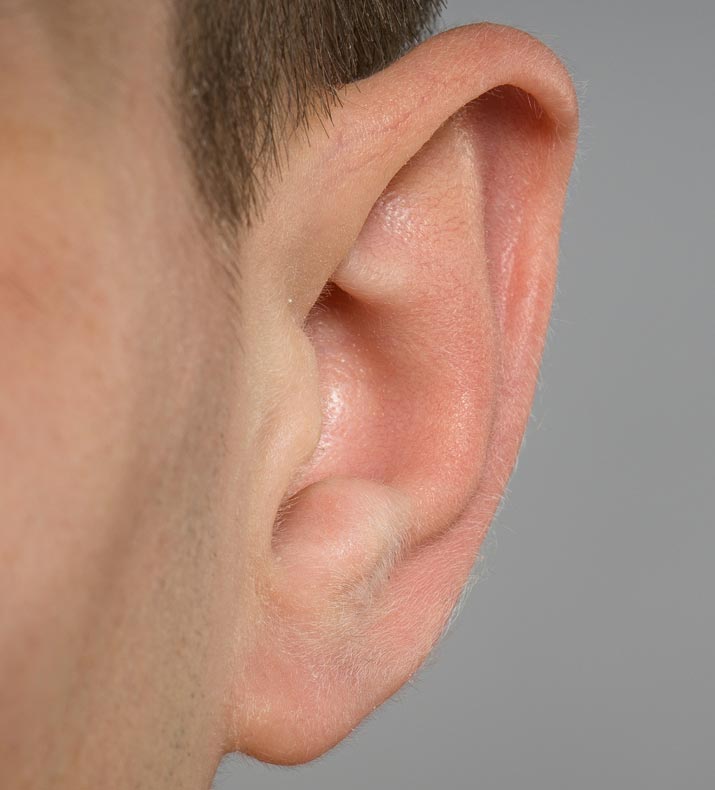
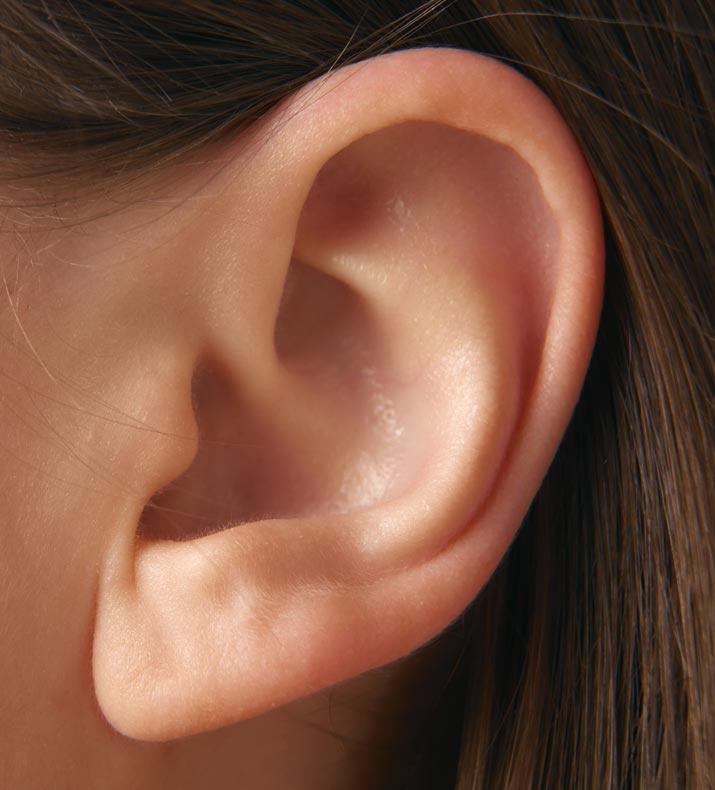
About Ear Reshaping (Otoplasty)
Mr Paul Wilson is often the first choice for otoplasty due to his reputation for delivering precise, natural-looking results. With years of experience in facial aesthetic surgery, Mr Wilson combines advanced techniques with an artistic approach to ensure a personalised treatment plan tailored to each patient’s needs. His commitment to patient safety and satisfaction means that every step of the journey is handled with the utmost care and professionalism.
Otoplasty is typically performed as a day case procedure with minimal downtime, making it an excellent choice for both adults and children seeking a long-term solution to ear-related concerns. Trust Mr Wilson’s expertise for a seamless experience and life-changing results.
Also known as ‘bat ears’, prominent ears occur due to various anatomical reasons. Common causes include an underdeveloped antihelical fold (the curved inner rim of the ear), an overly deep conchal bowl (the central part of the outer ear), or a combination of these factors. These structural differences make the ears appear larger or stick out more prominently from the head. While prominent ears do not affect hearing, they can significantly impact a person’s self-esteem and confidence, particularly during childhood or adolescence. Social teasing or self-consciousness about appearance often leads individuals to seek corrective surgery, such as otoplasty, to restore balance and harmony to their facial features.
Otoplasty is a tailored surgical procedure that begins with detailed planning during a consultation, where Mr Wilson evaluates your concerns and outlines the ideal approach. The operation is typically performed under local anaesthesia with sedation for adults, or general anaesthesia for children. Surgery may require crafting or refining the antihelical fold, which involves reshaping or reinforcing the inner ear cartilage using sutures to achieve a natural curve. In cases where the conchal bowl needs to be reduced, a small portion of excess cartilage may be removed, and the remaining cartilage is secured closer to the head. Often, both the antihelical fold and the conchal bowl are addressed to achieve the desired result. Incisions are placed discreetly behind the ear, ensuring minimal visible scarring. Mr Wilson reshapes the cartilage and secures in its new position with sutures. Once the corrections are complete, the incisions are closed, and a protective bandage is applied.
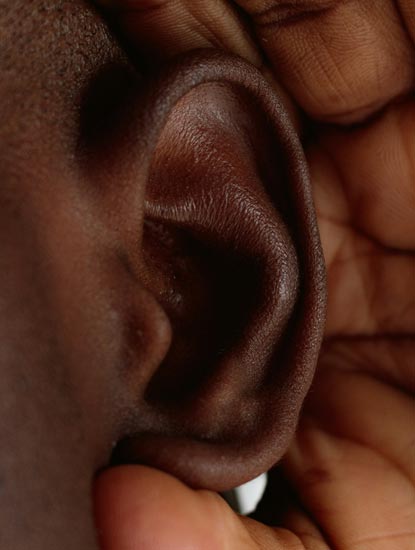
Benefits
Benefits of otoplasty include:
 Book a consultation now
Book a consultation now
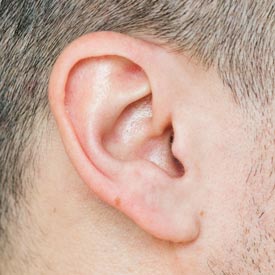
Post-Operative Recovery
After surgery, patients can expect mild swelling, bruising and tenderness around the ears, which generally subside within a week or two. A headband or protective dressing may be worn for several days to support healing and protect the ears.
Initial results are noticeable once the bandages are removed, revealing a more proportionate ear shape and position. While minor adjustments in appearance may occur as swelling resolves, the final results are typically achieved within 6-12 weeks.
Patients are encouraged to follow post-operative care instructions carefully, including avoiding strenuous activities and contact sports for a few weeks to prevent complications. With proper care, otoplasty delivers lasting results, allowing patients to enjoy a sense of renewed confidence and satisfaction in their appearance.

Fees
The cost of each otoplasty is tailored to the individual procedure.

FAQ
Otoplasty typically takes 1 to 2 hours to complete, depending on the complexity of the correction needed. The duration may vary based on whether one or both ears are being treated and the surgical techniques used. During your consultation, Mr Wilson will provide a tailored estimate based on your specific requirements.
Most patients can return to work or school within 7 days after otoplasty, depending on the type of work they do and their overall recovery progress. For office-based or non-strenuous jobs, this timeline is typically sufficient. However, those with physically demanding jobs may require additional time to heal. Mr Wilson will assess your recovery during follow-up appointments and advise you when it is safe to resume your normal routine.
The downtime after otoplasty is usually around one week. During this period, patients may experience swelling, bruising, and mild discomfort around the ears. A supportive bandage or headband is often worn to protect the ears and maintain their new position. While light activities can be resumed within a few days, strenuous exercises and contact sports should be avoided for 4-6 weeks to ensure optimal healing.
The first follow-up appointment is usually scheduled within 7 days after surgery to remove any dressings and check the healing progress. Additional follow-ups may occur at 2 weeks, 6 weeks, and 3 months, depending on your recovery and specific case. Mr Wilson and his team will monitor your healing and ensure you’re satisfied with the results, providing guidance throughout the recovery process.
In most cases, otoplasty results are permanent, and patients do not need to repeat the procedure. The cartilage in the ears is reshaped and secured during surgery, ensuring long-lasting improvements. However, significant trauma or injury to the ears could alter the results. Following post-operative care instructions and avoiding activities that may risk ear damage can help maintain the outcome. Mr Wilson will discuss these aspects during your consultation.
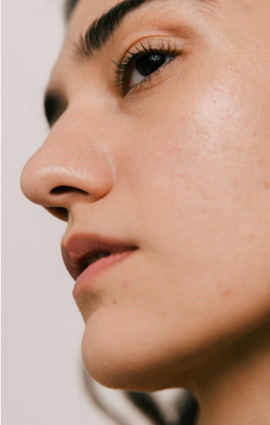
Schedule your consultation
Embark on your journey to a more confident you. Contact Mr Paul Wilson today to schedule your initial consultation and learn more about how his expertise can make a lasting, positive change. He also offers complimentary Zoom video consultations for your convenience.
